Introduction
Retailers today face intense competition, particularly in the grocery segment, where customer loyalty is often determined by factors such as price accuracy, delivery convenience, and the availability of fresh products. To address these challenges, businesses are increasingly turning to Scraping Walmart Grocery Delivery Data as a reliable way to monitor and analyses real-time information. By leveraging this data, retailers can pinpoint subtle shifts in consumer demand, refine their pricing strategies, and respond promptly to regional preferences.
The growing importance of online grocery shopping necessitates that companies continually review product listings, delivery costs, and competitor prices. Traditional manual monitoring methods not only consume time but also leave room for inaccuracies. Data scraping ensures that businesses collect precise, structured datasets, which help them make informed decisions.
By analyzing dynamic delivery fees and tracking brand-specific discounts, Walmart’s platform provides actionable insights. This results in more substantial margins, higher efficiency, and improved customer satisfaction. With Grocery Scraping Services, retailers can achieve the right balance between affordability and profitability while ensuring strategies align with evolving market expectations and consumer preferences.
Real-Time Grocery Price Accuracy With Walmart Data
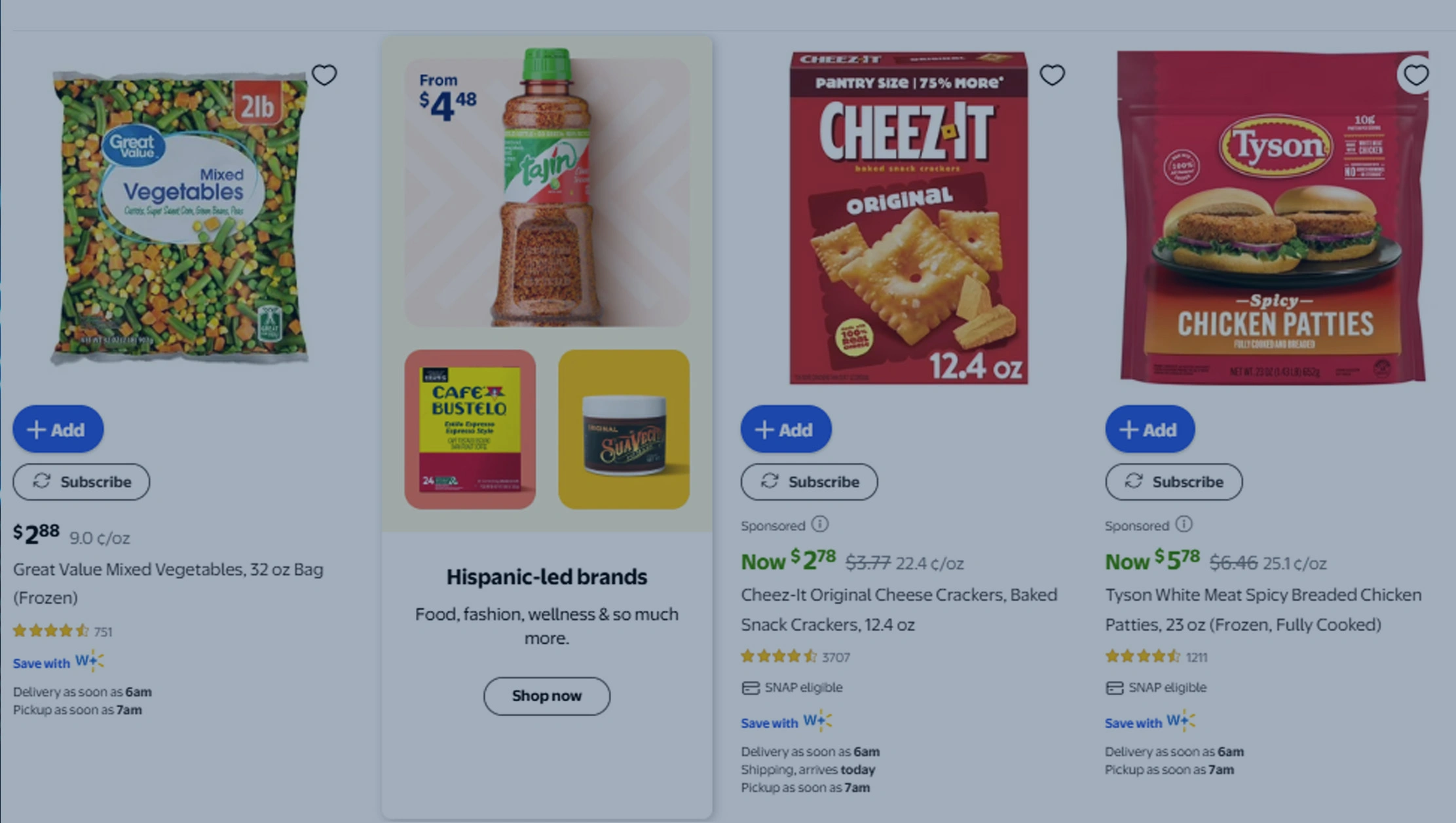
In today’s competitive grocery retail landscape, pricing accuracy plays a central role in customer retention and profitability. By Scraping Walmart Grocery Delivery Data, businesses gain access to live datasets that help them track prices for fresh produce, packaged foods, and household essentials. This ensures that even the most minor price fluctuations can be identified and adjusted before they impact customer decisions.
One key advantage of real-time price accuracy is the ability to align with shifting consumer behavior. A recent industry report indicates that 65% of shoppers compare grocery prices across multiple platforms before finalizing their purchase. If a retailer’s prices appear higher than the competition, it often results in cart abandonment. By automating data collection, retailers can eliminate delays, enabling pricing strategies to evolve in line with customer expectations.
For example, fresh produce such as apples or tomatoes may see a 5–7% daily price variation depending on regional supply. Retailers equipped with real-time insights can update their listings accordingly, reducing the risk of overpricing while maintaining profitability.
The table below highlights how Walmart’s competitive pricing creates differentiation in the market:
| Item Category | Avg. Walmart Price | Competitor Avg. | Price Difference |
|---|---|---|---|
| Fresh Produce | $2.75 per lb | $2.95 per lb | -7% |
| Packaged Snacks | $4.10 per pack | $4.45 per pack | -8% |
| Household Essentials | $6.80 per item | $7.20 per item | -6% |
By utilizing advanced Walmart Data Scraping Services, retailers can manage competitive pricing more effectively, enhance customer trust, and ensure stronger loyalty in the long run.
Monitoring Seasonal and Regional Grocery Price Shifts
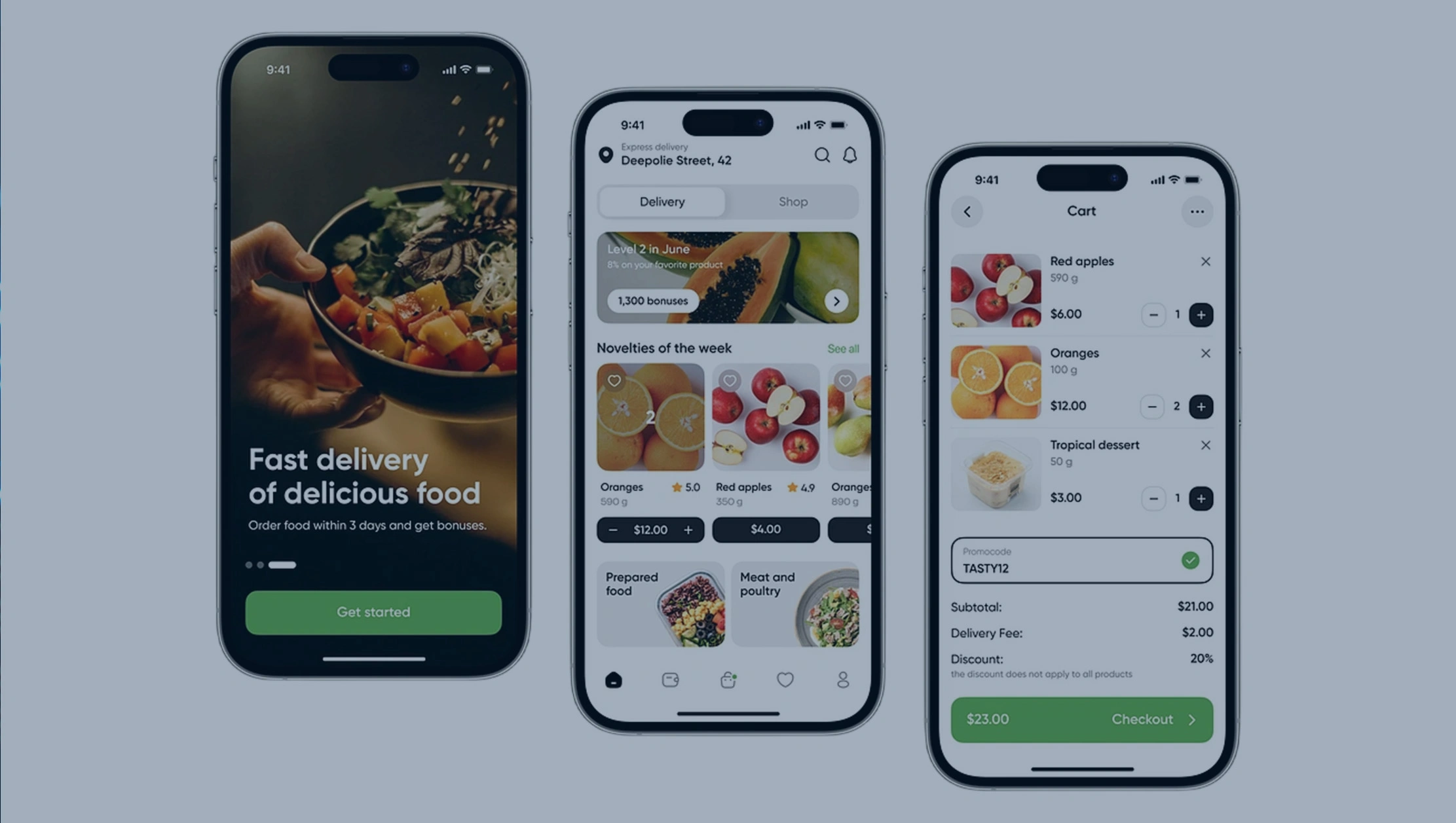
Seasonal and regional variations continue to pose a significant challenge in the grocery industry, as prices fluctuate due to supply shortages, weather patterns, and shifting consumer demand. Retailers leveraging advanced methods to Extract Walmart Grocery Delivery Data can track these fluctuations in real time, ensuring their pricing stays aligned with dynamic market conditions.
For instance, winter often leads to higher prices for vegetables like tomatoes and leafy greens in colder regions, whereas tropical regions tend to maintain more stable costs. Without accurate datasets, retailers risk setting prices that may drive customers to competitors. A recent study found that 58% of shoppers take delivery fees and regional price differences into account when deciding where to make a purchase.
Automated data scraping also reveals seasonal promotion strategies. For example, discounted bundles during festive seasons or back-to-school sales often shift consumer demand. Retailers with early access to such data can adapt campaigns and avoid losing customers to more agile competitors.
The table below demonstrates how regional fee differences impact profitability:
| Region | Avg. Delivery Fee | Seasonal Price Change | Strategy Suggestion |
|---|---|---|---|
| Midwest | $6.00 | +15% | Match Competitor Offers |
| Northeast | $5.50 | +10% | Bundle Discounts |
| South | $4.90 | +8% | Loyalty Coupons |
By aligning with Walmart Product Pricing Insights, companies can better predict market variations and strengthen their regional strategies, ensuring sustainable revenue growth.
Comparing Competitor Grocery Pricing Strategies Effectively
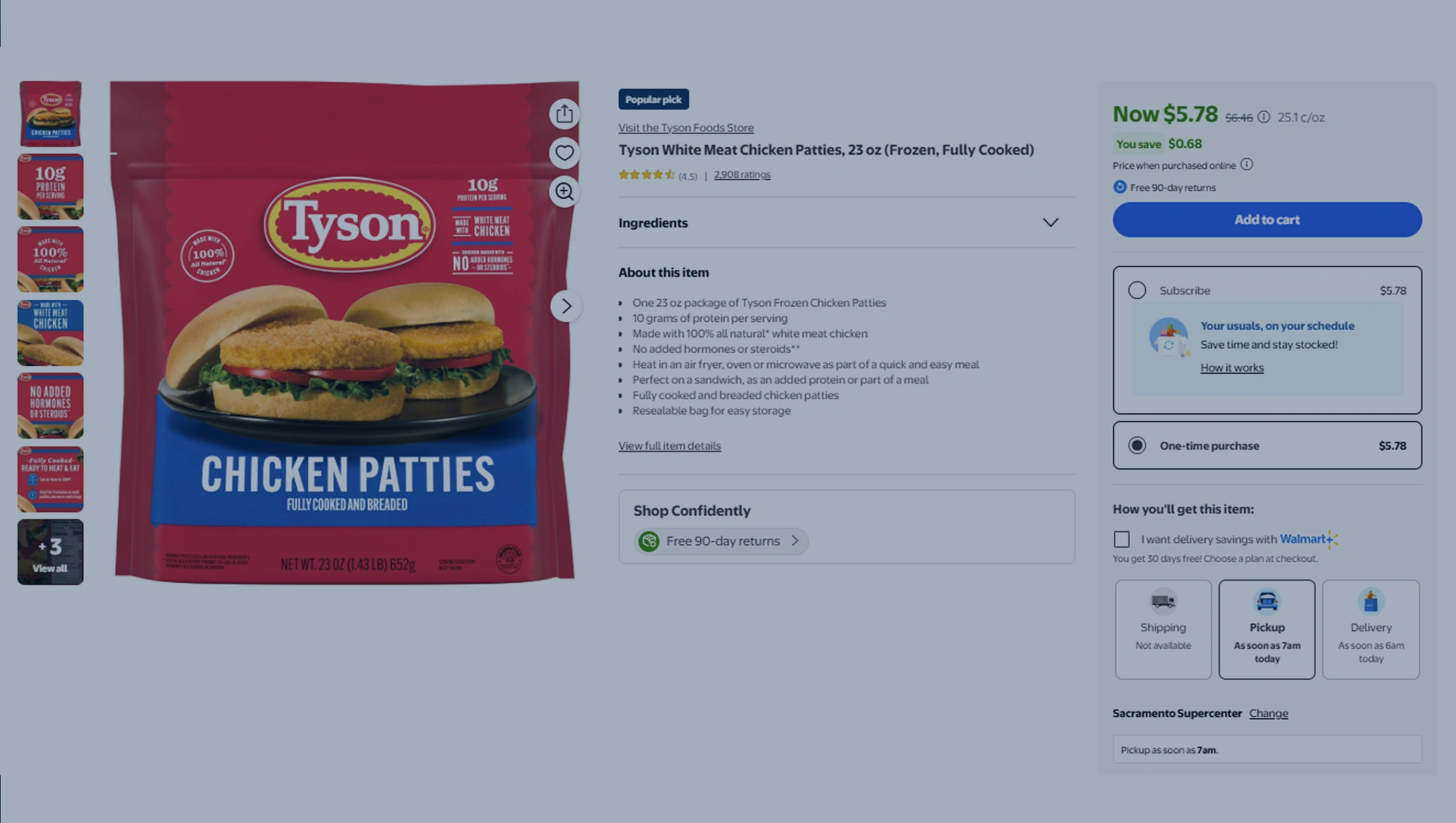
Competitor benchmarking is one of the most valuable applications of Walmart Grocery Data Analysis. With today’s shoppers being highly price-sensitive, customers frequently switch platforms in search of better deals. Retailers that overlook competitor tracking risk losing both market share and long-term customer loyalty.
By extracting competitor pricing alongside Walmart’s structured datasets, retailers gain insights into which items are overpriced, which are competitively aligned, and where discounts are strategically required. A 2024 study reveals that 70% of retailers who conduct weekly competitor analyses experience a measurable improvement in profit margins within six months.
For example, frozen foods, dairy products, and beverages are categories where minor differences can have a significant impact. Retailers can adjust pricing based on demand while maintaining profitability.
| Product Category | Walmart Price | Competitor Price | Suggested Strategy |
|---|---|---|---|
| Dairy Products | $3.25 | $3.50 | Maintain Pricing |
| Beverages | $2.10 | $1.95 | Adjust for Demand |
| Frozen Foods | $5.40 | $5.75 | Retain Price Advantage |
The ability to dynamically compare pricing ensures more intelligent positioning in the grocery delivery ecosystem. Retailers who integrate Scraping Walmart Product Data into their workflows gain sharper competitive intelligence, reduce the risk of overpricing, and enhance overall profitability.
Optimizing Grocery Delivery Fees for Profitability
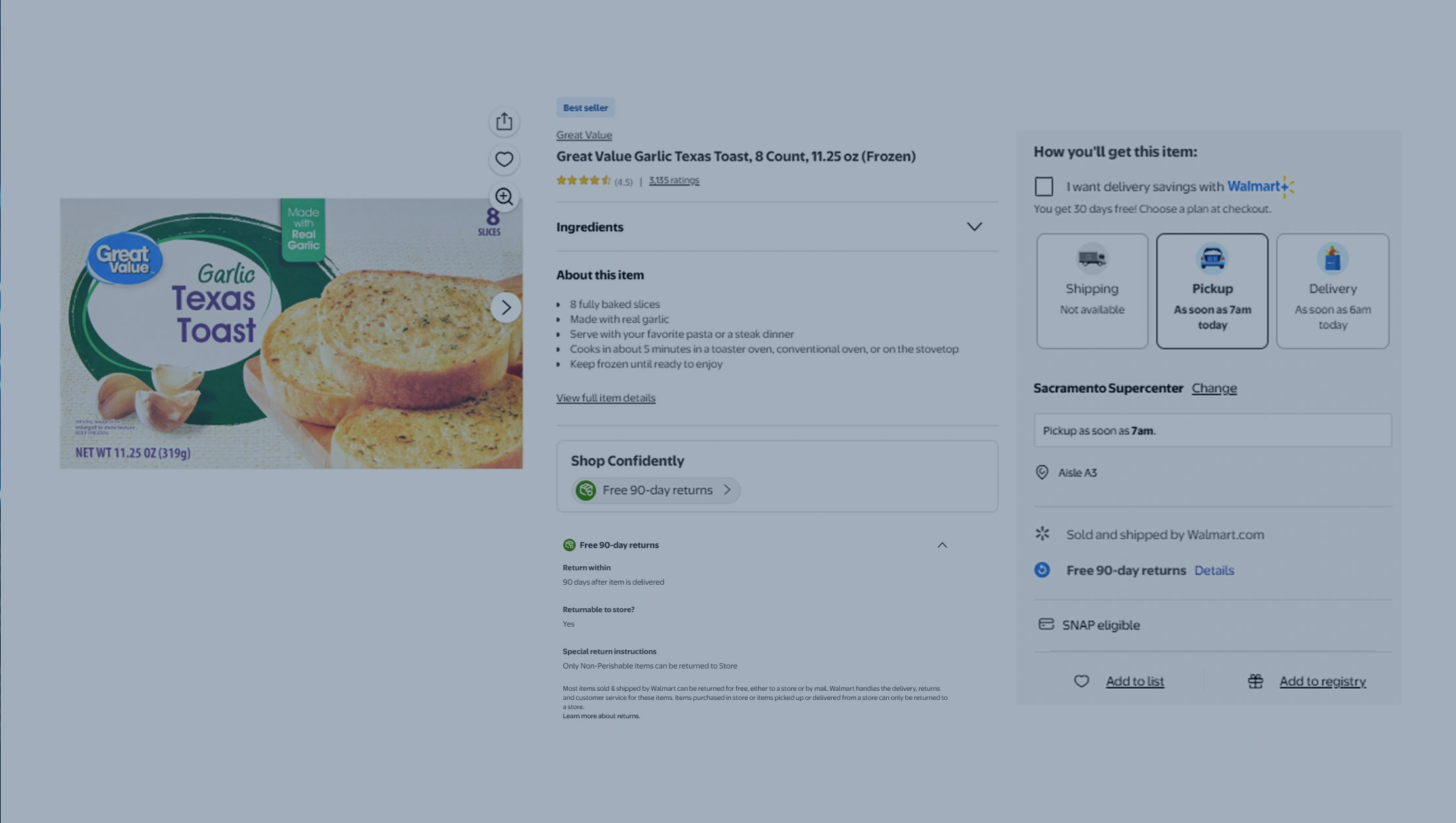
Delivery fees play a crucial role in shaping consumer choices within online grocery retail. Research shows that nearly 61% of shoppers abandon their carts when delivery charges appear too high. Through Grocery Delivery Price Scraping Walmart, businesses can analyses how Walmart structures its delivery fees across regions, subscription plans, and different time slots.
Retailers can benchmark standard, express, and subscription models against those of their competitors to design more cost-effective services. Walmart’s average delivery fee remains competitive across categories, providing retailers with valuable insights for designing flexible pricing.
| Delivery Type | Avg. Fee Walmart | Competitor Fee | Strategic Action |
|---|---|---|---|
| Standard Delivery | $5.99 | $6.50 | Maintain Advantage |
| Express Delivery | $9.99 | $10.50 | Bundle With Discounts |
| Subscription Model | $98/yr | $110/yr | Promote Loyalty Plans |
Retailers can also identify peak demand times where fees can be adjusted or bundled with promotions. For instance, offering free delivery above a specific cart value encourages higher spending while covering costs. By applying structured intelligence from Walmart Grocery Delivery Data Scraping, businesses can reduce cost inefficiencies, enhance customer satisfaction, and strengthen loyalty programs without compromising profit margins.
Identifying Discount Patterns and Promotion Strategies
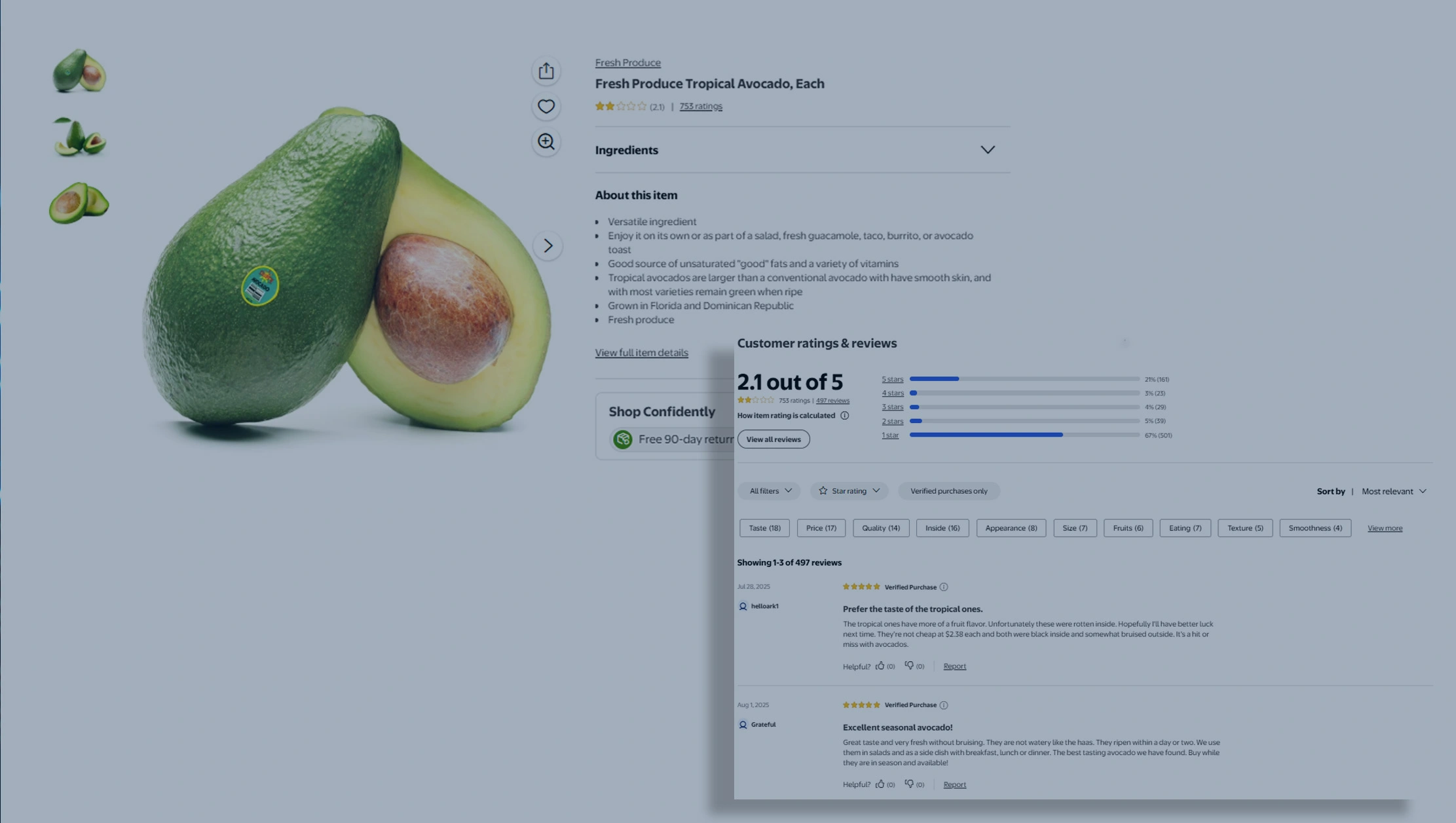
Discounts and promotions have a significant impact on consumer purchasing behavior. By leveraging Walmart Product Pricing Intelligence, retailers can identify when and how Walmart introduces strategies such as buy-one-get-one deals, seasonal bundles, or digital coupons.
A recent survey reveals that 73% of online shoppers are more likely to purchase when promotions feel personalized. Retailers with access to promotion cycle data can adjust their marketing strategies, timing campaigns to maximise engagement and boost conversions.
| Discount Type | Walmart Avg. | Competitor Avg. | Impact on Sales |
|---|---|---|---|
| Buy-One-Get-One | 20% items | 18% items | +12% orders |
| Percentage Coupons | 15% items | 17% items | +9% engagement |
| Bundle Discounts | 25% items | 22% items | +14% sales |
Monitoring these discount trends helps avoid over-discounting while maintaining competitiveness. Retailers that strike a balance between promotions and profitability are more likely to increase order value without eroding their margins.
Through insights from Scraping Walmart Product Price Data, businesses can refine discount strategies, making promotions more data-driven and customer-focused. This not only boosts conversions but also strengthens long-term customer loyalty.
Using Advanced Analytics for Profit Optimization

Data becomes even more valuable when combined with advanced analytics. By applying predictive models to insights from Web Scraping Walmart Grocery Products, retailers can accurately forecast demand, reduce waste, and enhance profit margins.
Retailers that combine scraped datasets with AI-driven analytics experience a 30% reduction in stock waste and a 12% increase in profit margins. These tools enable the simulation of multiple pricing scenarios, providing businesses with the confidence to make informed, profitable adjustments.
| Metric | Before Analytics | After Analytics | Improvement |
|---|---|---|---|
| Stock Waste | 18% | 12% | -30% |
| Pricing Errors | 9% | 3% | -67% |
| Profit Margins | 15% | 17% | +12% |
With more intelligent demand forecasting, companies avoid both overstocking and understocking, directly improving customer satisfaction. By deploying advanced analytical solutions, retailers not only streamline operations but also elevate decision-making. The use of Walmart Price Tracking With Web Scraping ensures that businesses translate raw datasets into actionable insights that drive both growth and sustainability.
How Web Fusion Data Can Help You?
We specialize in Scraping Walmart Grocery Delivery Data to provide actionable datasets that power smarter pricing and strategic growth. Our solutions are designed to help retailers extract valuable information and transform it into insights that boost profitability.
We support your data needs with:
- Accurate price and product monitoring.
- Competitor benchmarking.
- Regional and seasonal tracking.
- Delivery fee intelligence.
- Discount and promotional analysis
- Predictive demand forecasting.
By partnering with us, you gain customized reports, structured data, and ongoing support to ensure your business stays adaptable to changing market conditions. Whether you are scaling your grocery platform or optimizing your retail strategies, our expertise ensures reliability and efficiency. Our advanced tools also empower companies with Walmart Grocery Data Analysis, ensuring decision-making is data-driven and future-ready.
Conclusion
For retailers, Scraping Walmart Grocery Delivery Data has emerged as an essential strategy for pricing optimization, cost efficiency, and improved customer satisfaction. With accurate insights, businesses can dynamically adjust their pricing and maintain a competitive edge.
By integrating Walmart Product Price Comparison Scraping, retailers gain the intelligence needed to outperform competitors while enhancing loyalty programs and profitability. Now is the right time to invest in structured data solutions. Contact Web Fusion Data today to transform your grocery pricing strategies into measurable success.

